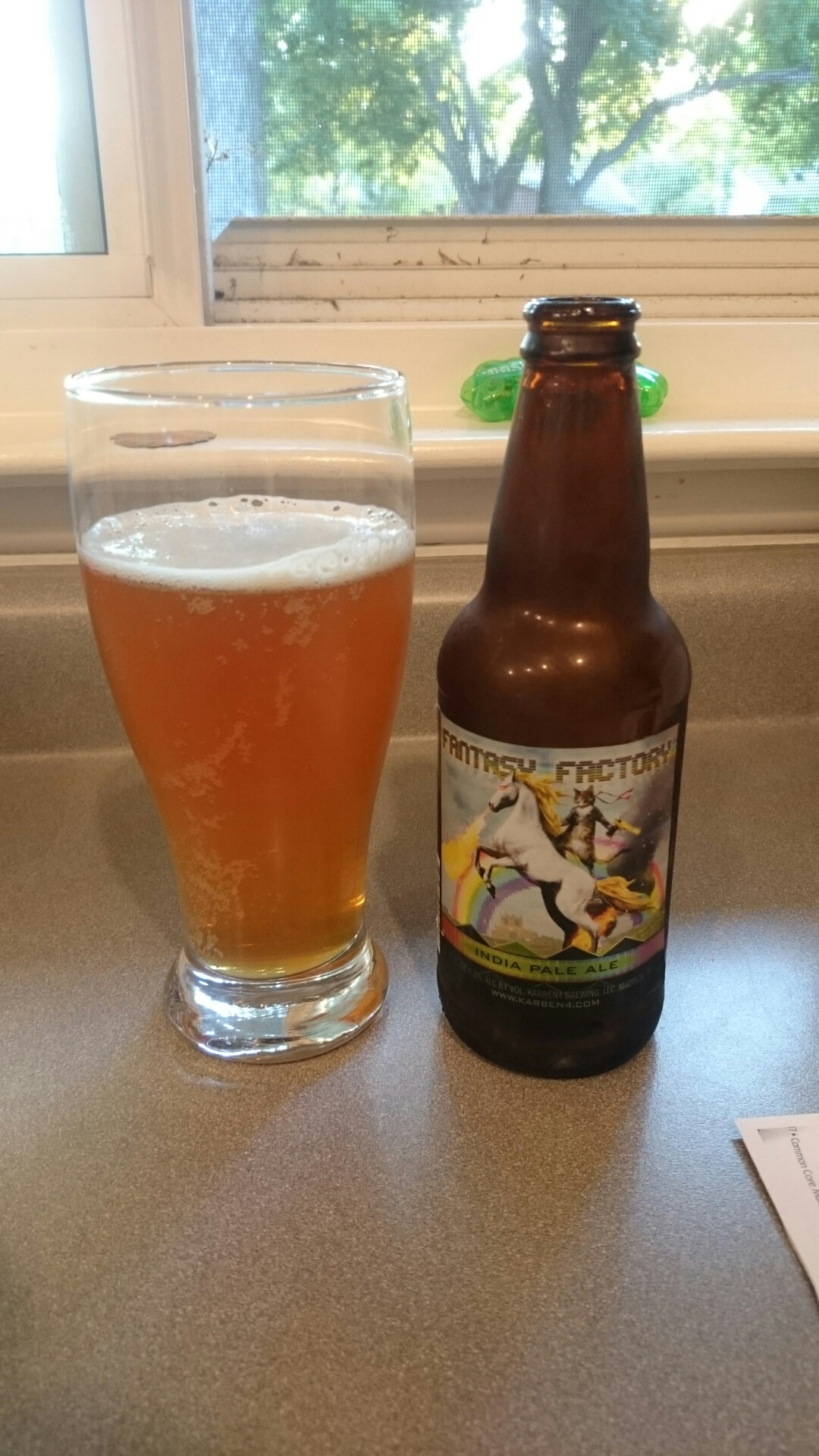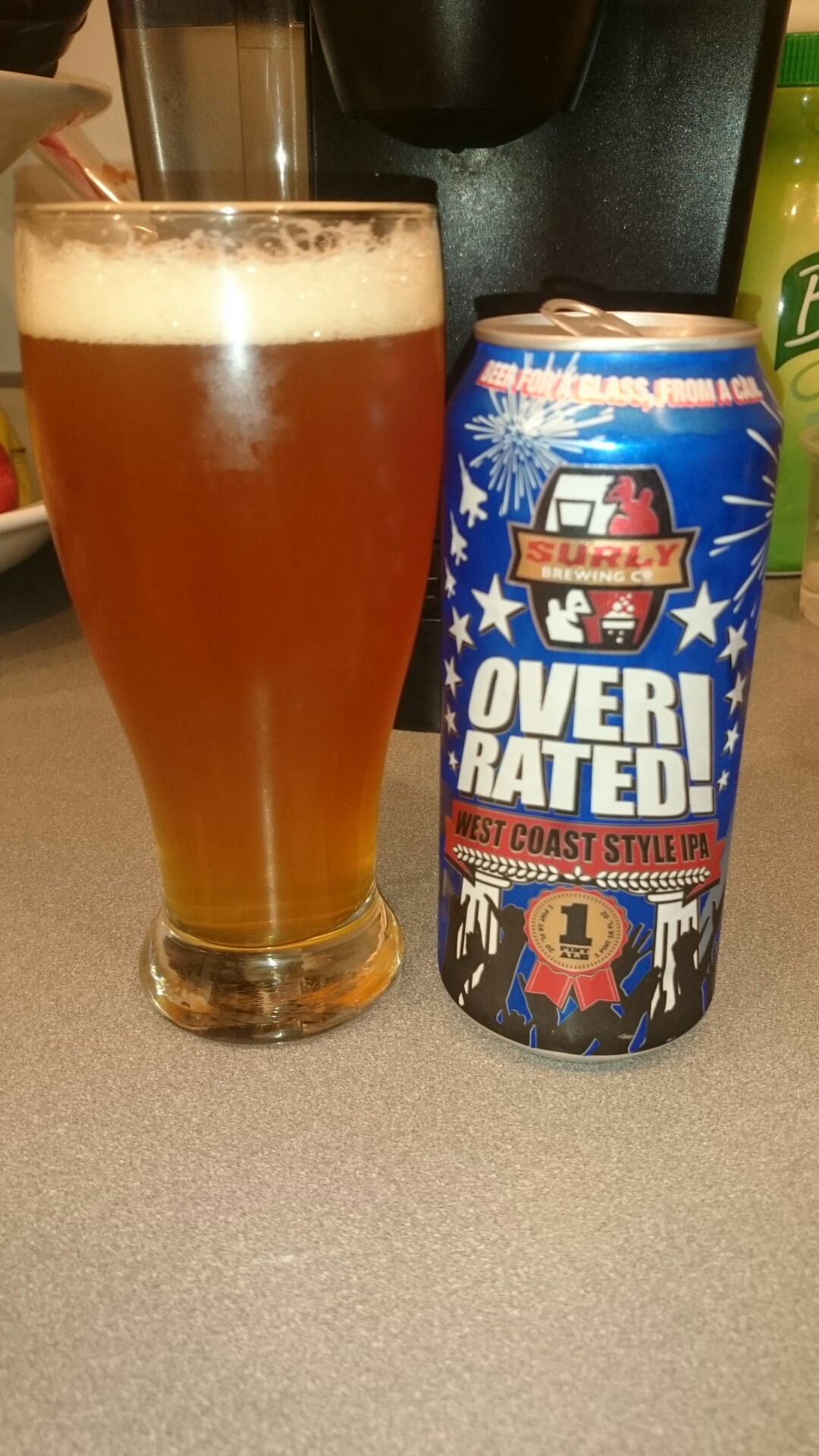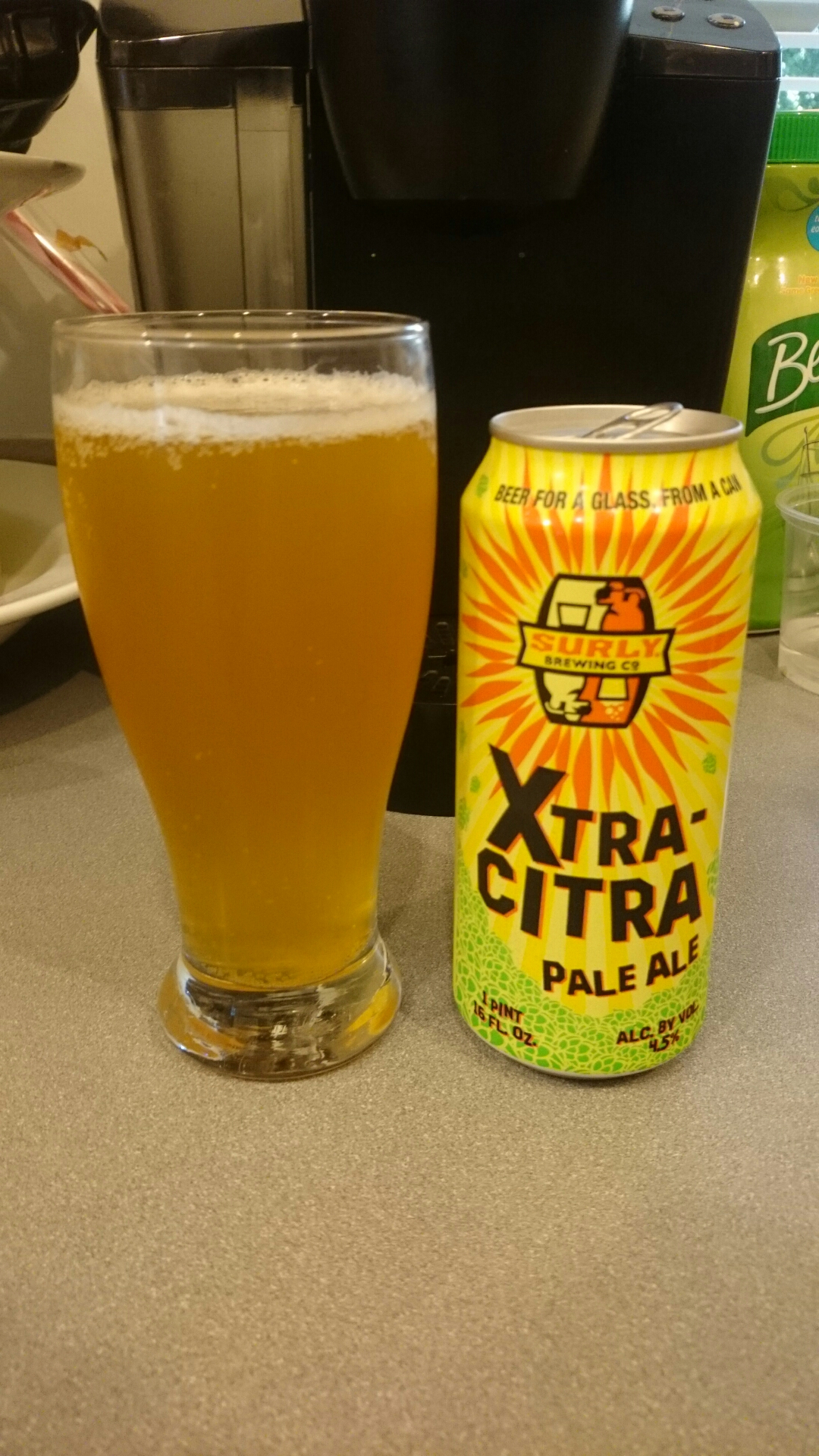 I came to Oconomowoc, WI to visit U-Brew-U as research for one my stories I’m working on. The internet told me there was a good beer bar in town so I checked it out after getting settled into my hotel. The downtown area of Oconomowoc was quite pleasant and scenic, I could easily imagine convincing the wife this was a great place to stroll around.
I came to Oconomowoc, WI to visit U-Brew-U as research for one my stories I’m working on. The internet told me there was a good beer bar in town so I checked it out after getting settled into my hotel. The downtown area of Oconomowoc was quite pleasant and scenic, I could easily imagine convincing the wife this was a great place to stroll around.

Inside, the Crafty Cow was fairly large, with a long bar and lots of table seating stretching way back. They had about 20 different things on tap, all of them Midwest craft beers.  Several of them were Bell’s, so I of course skipped over those to find something interesting that I can’t get back in Michigan. I quickly found 4 that I was curious about so that rounded out my sampler. The beers were all good, some more than others.
Several of them were Bell’s, so I of course skipped over those to find something interesting that I can’t get back in Michigan. I quickly found 4 that I was curious about so that rounded out my sampler. The beers were all good, some more than others.
 The Crafty Cow specializes in deep-fried cheese curds. I thought this sounded cool, so ordered the “cheese curd of the day” which had a Sriracha-sauce breading, and Sriracha-sauce creamy dip. Holy cow, this was amazing. I’ve had cheese curds before, and liking cheese, I enjoy their different “rubbery” texture. But bread them and deep fry them and lookout. You still got a sense of the curd texture, but it was softened by the heat and they were delicious. I must’ve eaten about 3/4 pound block of cheese wrapped up in this delectable delivery system.
The Crafty Cow specializes in deep-fried cheese curds. I thought this sounded cool, so ordered the “cheese curd of the day” which had a Sriracha-sauce breading, and Sriracha-sauce creamy dip. Holy cow, this was amazing. I’ve had cheese curds before, and liking cheese, I enjoy their different “rubbery” texture. But bread them and deep fry them and lookout. You still got a sense of the curd texture, but it was softened by the heat and they were delicious. I must’ve eaten about 3/4 pound block of cheese wrapped up in this delectable delivery system.
I had a burger too (so I didn’t just have a  dinner of cheese curd), and it was likewise awesome. Altogether, this place was great. Great location in a nice downtown area, good-sized place with friendly staff and great beer selection, and yes, the food.
dinner of cheese curd), and it was likewise awesome. Altogether, this place was great. Great location in a nice downtown area, good-sized place with friendly staff and great beer selection, and yes, the food.





 I came to Oconomowoc, WI to visit U-Brew-U as research for one my stories I’m working on. The internet told me there was a good beer bar in town so I checked it out after getting settled into my hotel. The downtown area of Oconomowoc was quite pleasant and scenic, I could easily imagine convincing the wife this was a great place to stroll around.
I came to Oconomowoc, WI to visit U-Brew-U as research for one my stories I’m working on. The internet told me there was a good beer bar in town so I checked it out after getting settled into my hotel. The downtown area of Oconomowoc was quite pleasant and scenic, I could easily imagine convincing the wife this was a great place to stroll around.
 Several of them were Bell’s, so I of course skipped over those to find something interesting that I can’t get back in Michigan. I quickly found 4 that I was curious about so that rounded out my sampler. The beers were all good, some more than others.
Several of them were Bell’s, so I of course skipped over those to find something interesting that I can’t get back in Michigan. I quickly found 4 that I was curious about so that rounded out my sampler. The beers were all good, some more than others. The Crafty Cow specializes in deep-fried cheese curds. I thought this sounded cool, so ordered the “cheese curd of the day” which had a Sriracha-sauce breading, and Sriracha-sauce creamy dip. Holy cow, this was amazing. I’ve had cheese curds before, and liking cheese, I enjoy their different “rubbery” texture. But bread them and deep fry them and lookout. You still got a sense of the curd texture, but it was softened by the heat and they were delicious. I must’ve eaten about 3/4 pound block of cheese wrapped up in this delectable delivery system.
The Crafty Cow specializes in deep-fried cheese curds. I thought this sounded cool, so ordered the “cheese curd of the day” which had a Sriracha-sauce breading, and Sriracha-sauce creamy dip. Holy cow, this was amazing. I’ve had cheese curds before, and liking cheese, I enjoy their different “rubbery” texture. But bread them and deep fry them and lookout. You still got a sense of the curd texture, but it was softened by the heat and they were delicious. I must’ve eaten about 3/4 pound block of cheese wrapped up in this delectable delivery system. dinner of cheese curd), and it was likewise awesome. Altogether, this place was great. Great location in a nice downtown area, good-sized place with friendly staff and great beer selection, and yes, the food.
dinner of cheese curd), and it was likewise awesome. Altogether, this place was great. Great location in a nice downtown area, good-sized place with friendly staff and great beer selection, and yes, the food.



